Overview
Size

The West Loop is almost entirely covered by two census tracts, #8331 and #8330. It stretches a block or two far to the north, and only misses one block to the east, so it is a relatively good approximation. The total population of this area is 10,442 according to the 2015 data. The physical size of the neighborhood is approximately 643.5 acres in total, with a perimeter of 3.95 miles.
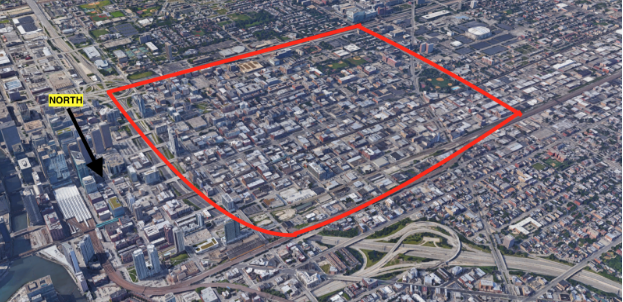
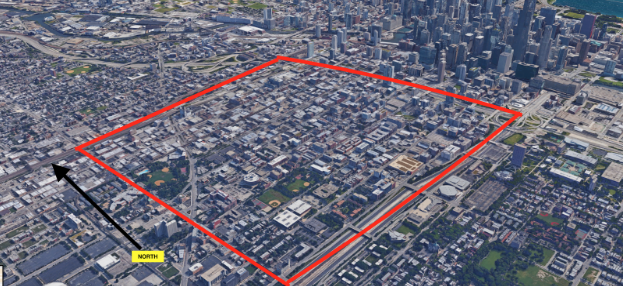
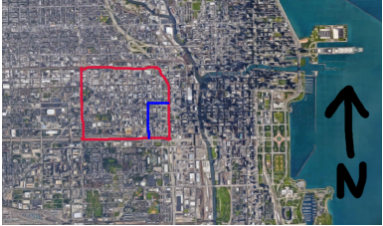
Identity
When talking about the coherence of identity of a neighborhood in the context of an initial visit to the place, one must necessarily be talking about the cursory, surface-level manifestations of such an identity. These manifestations are of many types, including gateways, street banners, advertisements and institutional or establishment nomenclature, but they do not get down into the actual nature of the identity of an area; we are talking about the identity that a passerby would inference.
However, before we can talk about these manifestations of identity in the neighborhood I am focusing on, the west loop, we must first consider what constitutes the neighborhood in the first place. Here are the things I find as close to indisputable as is possible: West Town is certainly a neighborhood, generally considered to be north of West Loop and west of 90, with an east-west border between them along Grand. East of 90 is always a different neighborhood - it’s some combination of the West Loop Gate, River West and the Fulton River District. South of the Eisenhower is always considered a different neighborhood, as UIC dominates that part of town. And Greektown exists just west of 90 and north of the Eisenhower, with a border usually drawn along Sangamon street and in between Madison and Washington. Past that, however, the neighborhood I and many others want to call the West Loop is sometimes not drawn at all, in favor of a larger West Town neighborhood.
If you ask me (and we are asking me) I’d draw the western border along Ashland (we must include Union Park, the endcap to the City Beautiful style boulevard, Randolph street, the eastern end of which is often thought of as ‘downtown west loop’), with the northern border at the tracks north of Wayman (because the tracks totally sever the neighborhood, making the shops along Grand extremely distinct from those along Lake, Fulton or Randolph), the southern border along the Eisenhower and the eastern border along 90. These borders are depicted in the attached image.
This does mean I consider the entirety of Greektown (drawn in blue) to be a subset of the west loop. Part of my reasoning for this decision is that signage in Greektown, both advertisements for developments and also street banners put in by the city, claim to be part of the west loop; another part is that the ‘west loop’ is not just a neighborhood but a geographical description, a description which Greektown fits; another part is that there’s no clear delineation between the west loop and Greektown. The strongest part of the argument, however, is that the only supermarket or pharmacy actually in the west loop is a target well out of walking distance of most of the neighborhood. This forces west loop residents to shop at the two supermarkets in tiny old Greektown. Now this isn’t to say that Greektown doesn’t exist, just that it’s a part of the west loop, in the same way that Hyde Park exists as a part of the south side.
The most impressive manifestation of its surface level identity is the clearly faux-ancient greek structure standing on the southeast corner of Halsted and Van Buren, establishing the beginning of Greektown (caddy corner to which is a new development that claims to be in the west loop). Another manifestation are the many street banners that say “West Loop,” some of which are located in sections of the neighborhood usually considered to be in Greektown. These are most present along randolph street but can also be seen along Madison and several other streets. There also exists a shop called “West Loop Mart” underneath the Morgan street station. But the west loop doesn’t necessarily need the kind of surface-level validation that other, less coherent neighborhoods crave in order to insist on their presence on the map: downtown west loop, along Randolph street; the local hangouts along Madison; these prove it themselves.
Layers
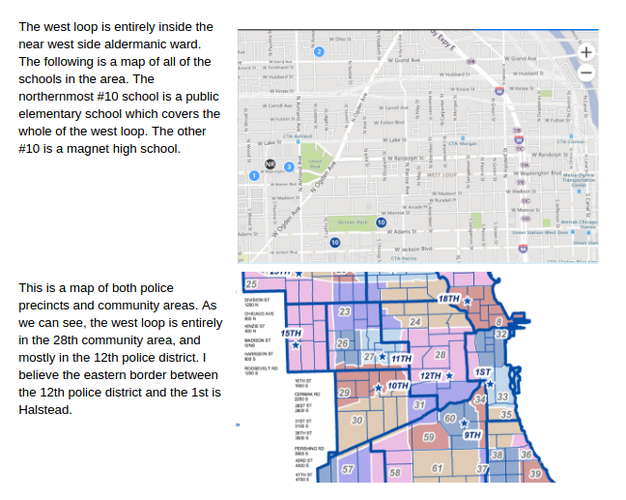
Diagram
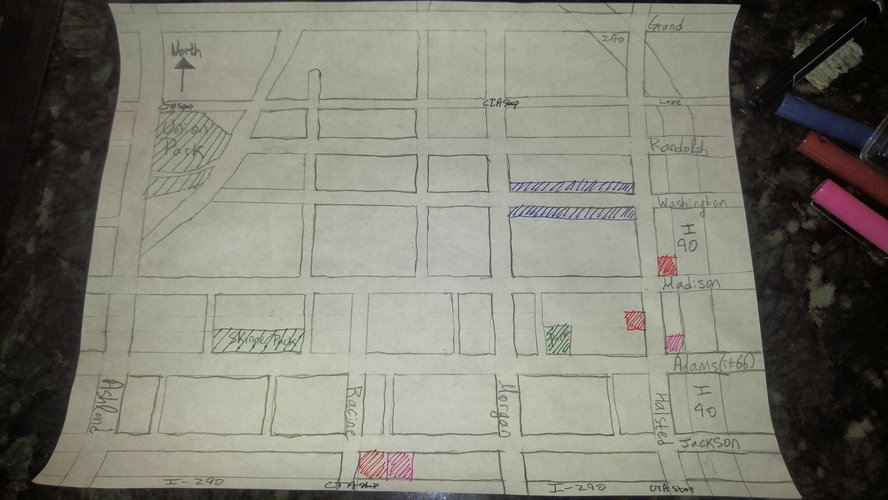
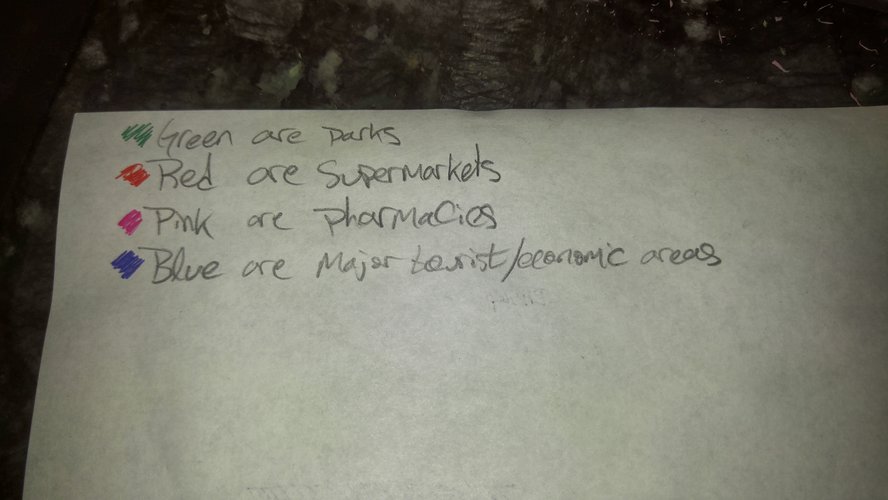
History
The West Loop has a very rich history as part of the city as, due to its proximity with the loop itself, it was part of the city from almost the very beginning. Well before interstate 90 was put in, the whole area west of the river and east of Ashland was considered a single neighborhood, known as the west loop gate. The famous architect of Chicago’s Master Plan, Daniel Burnham named it so, as the “gateway from the west into the loop.”
In the 19th century, the west loop was home to both the rich and the poor. Immigrants who worked on the railroad yards and in the lumber district along the South Branch of the Chicago River built ‘frame shanties’ in the eastern side of the neighborhood, within walking distance of their places of employment. This immigrant population was very diverse, building many different (differing in denomination) churches. On the west side of the neighborhood was one of the city’s most prestigious addresses, along ashland avenue; home to some of the city’s wealthy. Another prominent street was Washington boulevard. This may have been known briefly as ‘the west side gold coast.’
The West Market Hall, a large public food hall and meeting space stood in the middle of Randolph between Desplaines and Halsted. This Randolph Street market in Haymarket square was a prominent site for capitalistic exchange of goods, and as the 19th century progressed. After the fire of 1871, many companies demolished residential buildings to make way for warehouses and manufacturing plants, clustered strategically around the market. By 1884, the Medical district to the south was soundly established.
In the 1880s, labor conflicts and a few strikes were gaining ground in the area. The strife began to push some of the wealthier residents out of the neighborhood. The conflicts came to a head with the May 4th 1886 Haymarket massacre. The aforementioned market was the site of a labor-strike rally for the second half of the day of May 4th 1886, and as the rally was coming to a close (after many of the attendees had gone home), the police arrived to forcibly break up the gathering, shortly after which a bomb was dropped in front of the police, and in the ensuing chaos most of the police ‘emptied their revolvers.’ The only thing that everyone agrees upon is that the square was empty but for the dead and wounded within 5 minutes of the chaos erupting.
Since then, the neighborhood generally moved towards industrialisation and away from residential living. It was the site of many factories, rail yards and other forms of non-residential life.
It wasn’t until the 1980s that companies began coming in to convert old light industrial buildings into loft apartments. Since then, the neighborhood has slowly gentrified, adding more condos and other forms of residential life, with industrial entities slowly moving out. In 1995, Mayor Daley brought the Democratic Convention to the United Center (just to the west of the west loop), helping to further energize the area. Oprah Winfrey based her Harpo Studios on Randolph street, which is generally considered the beginning of the tidal wave of very gentrified shops and restaurants. The area is now home to famous restaurants such as Girl and the Goat, Maude’s, Next, The Aviary, Au Cheval, The Madison Bar -- I could go on for days.
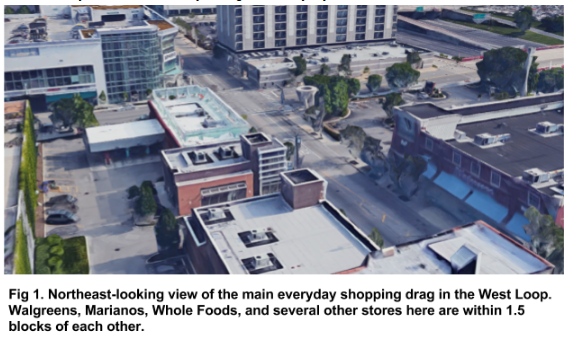
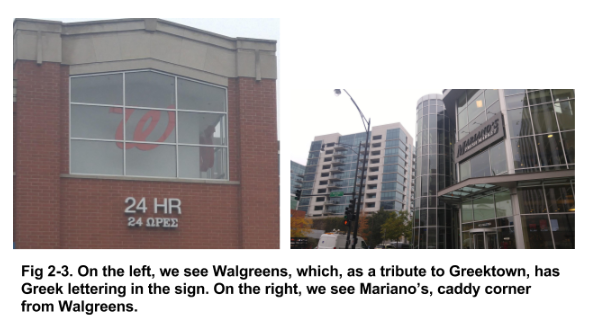

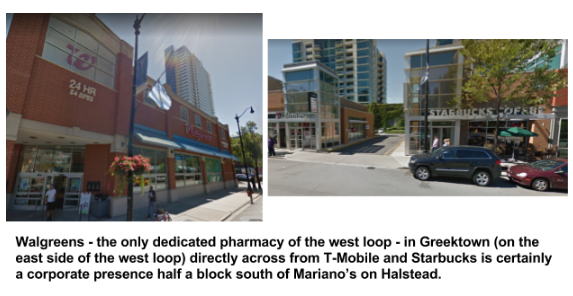
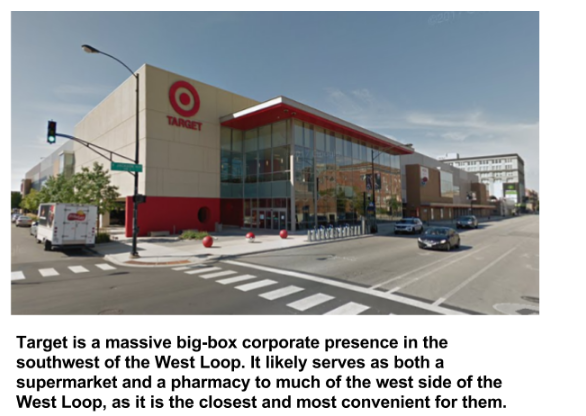
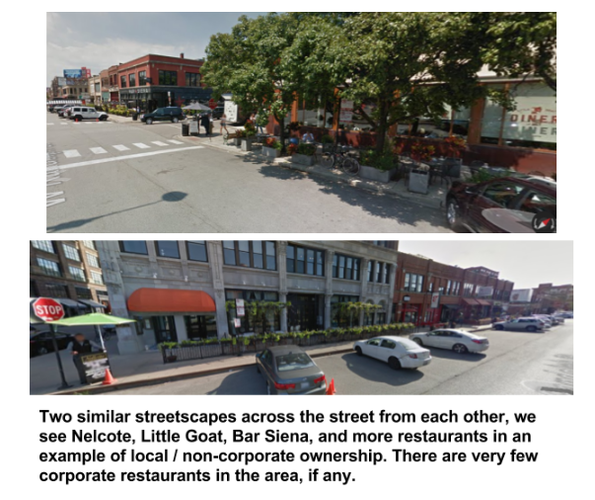



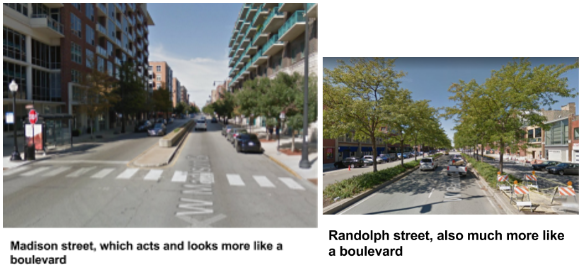
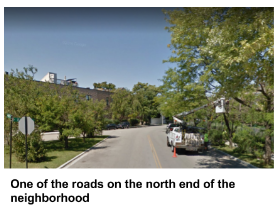


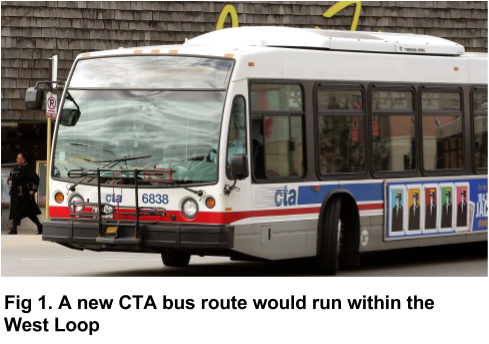
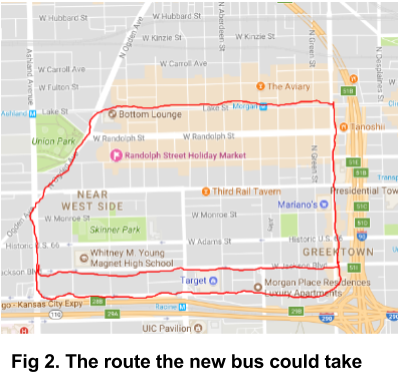
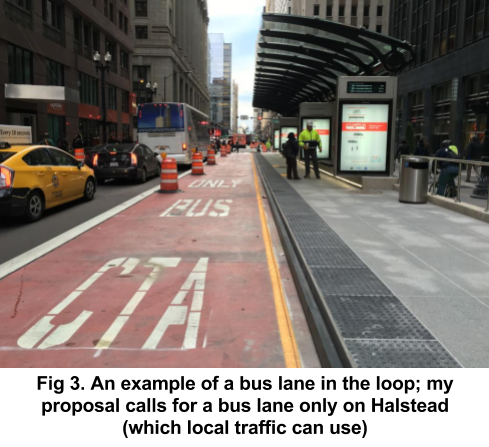
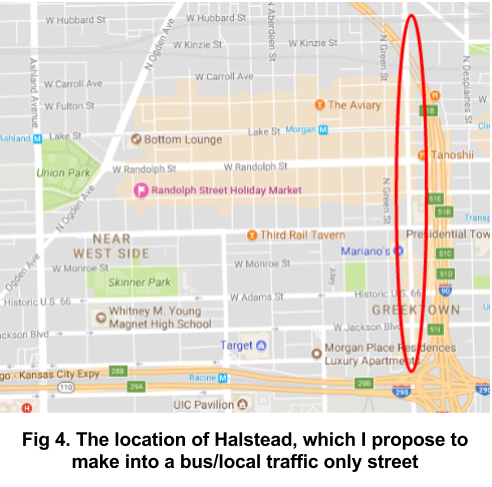
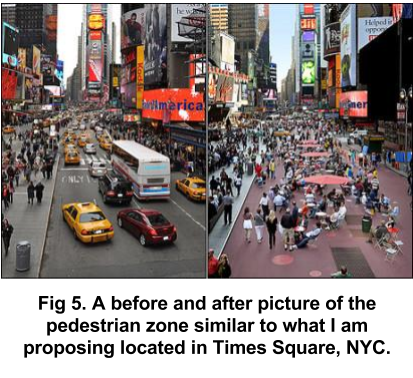

Social Mix
In short: no, the west loop is not a diverse neighborhood. With a population of just over 10,000 people, it is overwhelmingly white (73%), educated (43% with a bachelor’s degree), likely middle to upper middle class, and likely commuting to office jobs in the loop. In terms of racial diversity, it scores a Simpson Diversity Index of about 1.79, compared to the city’s 2.84. I found that the people living in this area tended to be young, with a median age of 34 years, and without families. Noting the nightlife around Randolph and Halstead and up and down Madison, it is not unexpected that young folk would want to congregate here and move elsewhere in the city or to the suburbs if they’re starting a family.